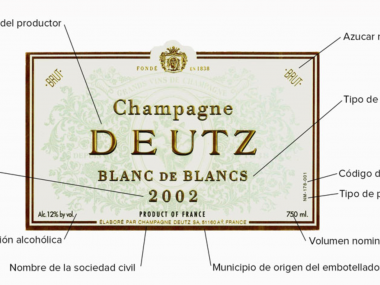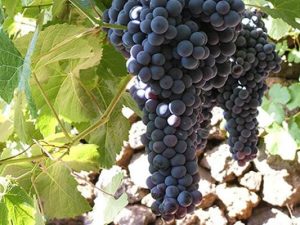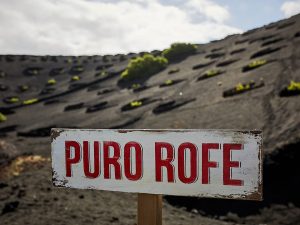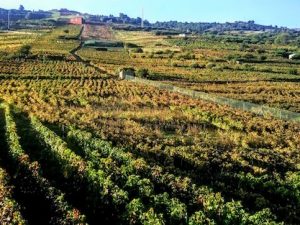Rioja wines in Spain have the oldest Designation of Origin in Spain. In 1991, they were also the first in the country to be protected by a Qualified Denomination of Origin.
This seal of quality involves a series of regulations regarding production areas, the grape varieties that can be implemented, and the techniques of aging and production, among other things.
Here we explain everything you need to know about this region, where some of the most emblematic and authentic wines of Spain are produced.
Rioja production areas
The region of Rioja is located in north-central Spain, in a valley along the river Ebro that is bordered by the Sierra Cantabria, a small mountain range that prevents the entry of clouds.
The wine production area is divided into 3 sections: the Rioja Baja, the Rioja Alta and the Rioja Alavesa (next to Álava).
In the Rioja Alta the temperatures are cooler and the elevation is about 300m higher than in the Rioja Baja. Due to the elevation and low temperatures, the wines produced in this area have more tannin and acidity than those from the Rioja Baja. In addition, its soils have a lot of iron oxide which gives them a red tone with a high proportion of clay.
Rioja Alavesa wines are more similar to those of the Rioja Alta. There are more rolling hills in these two regions and the best vineyards are on the south-facing slopes. Around the Rioja Alta and Alavesa you can find many fortified castles and ancient monasteries on the hilltops.
The vineyards of the Rioja Baja (now called the Rioja Oriental) are located on the plains leading to the Ebro River. The wines of this region are more fruitful, rich, round and exuberant.
Grape Varieties of Rioja
La Rioja is famous for the red grape variety Tempranillo. In fact, 87% of the red varieties produced in the region correspond to this type of grape. The rest of the production is divided into the authorised varieties: Garnacha tinta (8%), Graciano (2%), Mazuelo (2%) and Maturana tinta (0.2%).
As for the white grape varieties grown in the region, 70% corresponds to Viura Malvasia, and the rest is divided among Garnacha Blanca, Tempranillo Blanco, Maturana Blanca, Turruntés, Chardonnay, Sauvignon Blanc and Verdejo.
Types of wine
The different types of Rioja wine can be classified according to
1. Its origin:
Singular vineyard: wines from certain vineyards or places. This category seeks to distinguish the terroir and to value the origin of the wine in the labelling, to which are added qualitative requirements that characterise excellent wines.
Regional Wines: Depending on the three areas recognized by regulations, the Rioja Alavesa’, ‘Rioja Alta’ and ‘Rioja Baja’ (now called Rioja Oriental).
Municipal Wines: As in the case of ‘local’ wine, the right to use the municipality on the label has been recognized for almost 20 years. This seeks to give more visibility to these geographical entities.
2. Its ageing:
Ageing: Wines that are at least three years old and have been in oak barrels for at least one year. In white wines the minimum period of aging in barrel is 6 months.
Reserve: Very selected wines with a minimum aging between oak barrel and bottle of three years, of which at least one in the barrel followed and complemented by a minimum aging in the bottle of 6 months. In white wines, the aging period is 2 years, of which at least 6 months in the barrel.
Gran Reserva: Wines that have been aged for a total period of sixty months with a minimum of two years in oak barrels and two years in bottle. In white wines the aging period is 4 years, of which at least 6 months in the barrel.






